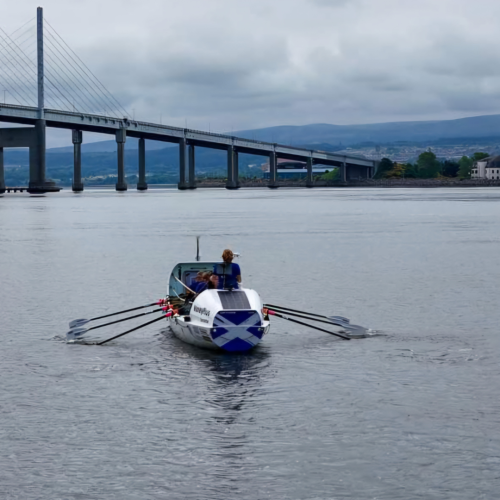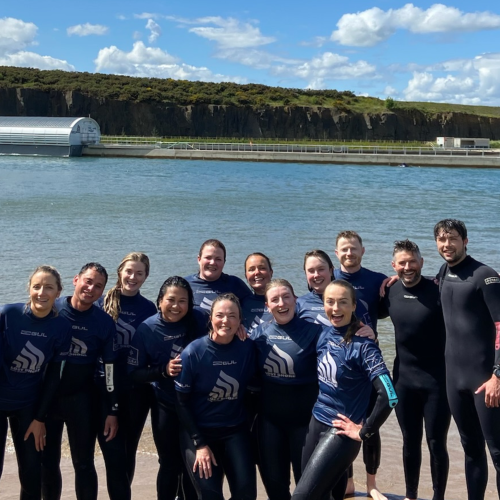The process of digitalisation, pandemic travel restrictions and the development of interactive technologies have transformed the way we view events and our expectations as attendees.
Event platforms and applications have been around for a while, however it is mainly in the last couple of years that their adaptation has significantly accelerated.
Through the utilisation of different technologies and platforms, modern event formats now allow audiences to connect and engage with the event content, regardless of their physical location or the devices used to connect. This new model consequently offers increased engagement, accessibility, and inclusivity compared to the standard “just in-person” event format.
As digital platforms are evolving, the event experience must be designed with everyone in mind, taking into consideration audiences with diverse backgrounds, disabilities, neurodiversity, and even different learning styles. It’s about ensuring every part of the event – whether onsite or online, live or on-demand – can be accessed and enjoyed by all targeted participants.
A multi-platform set-up also provides a flexible and controlled environment for audiences to engage with their event content. As a creative event producer, I can develop and deliver a range of content across various platforms, utilising broadcasting, mobile apps, and interactive cross-audience solutions. Which offers individuals the opportunity to participate at their own pace and provides an opportunity to take breaks or engage in the event in a way that suits the audience’s specific needs and abilities.
Not all learning and collaborative needs – particularly neurodiverse ones, are visible. This further highlights the importance of providing a cross-platform solution which offers event attendees the opportunity to engage in a way which suits their specific abilities and strengths.
The increased accessibility provided by the multi-platform set-up ensures that the event can be accessed using a range of devices and platforms, whether this is by attending in-person, through a laptop, or on the go through a smartphone. Another benefit is that attendees can view content at a later time, which helps accommodate scheduling conflicts and allows access to the same information presented during the Live event, ensuring nobody feels like they are missing out.
In developing a multi-platform event model, the sustainability of the events produced needs to be taken into consideration. Distributing content across multiple platforms significantly increases the sustainability of the event, as it means all attendees don’t need to be flown into one specific location, which is a great benefit. It generally reduces transportation and catering waste, and significantly reduces printing as a lot of the developed content for the event is digital.
So if the idea of a multi-platformed event has piqued your interest, please contact us at ask@YOURgb.co.uk and let us help you plan a collaborative, sustainable, and diverse event!



